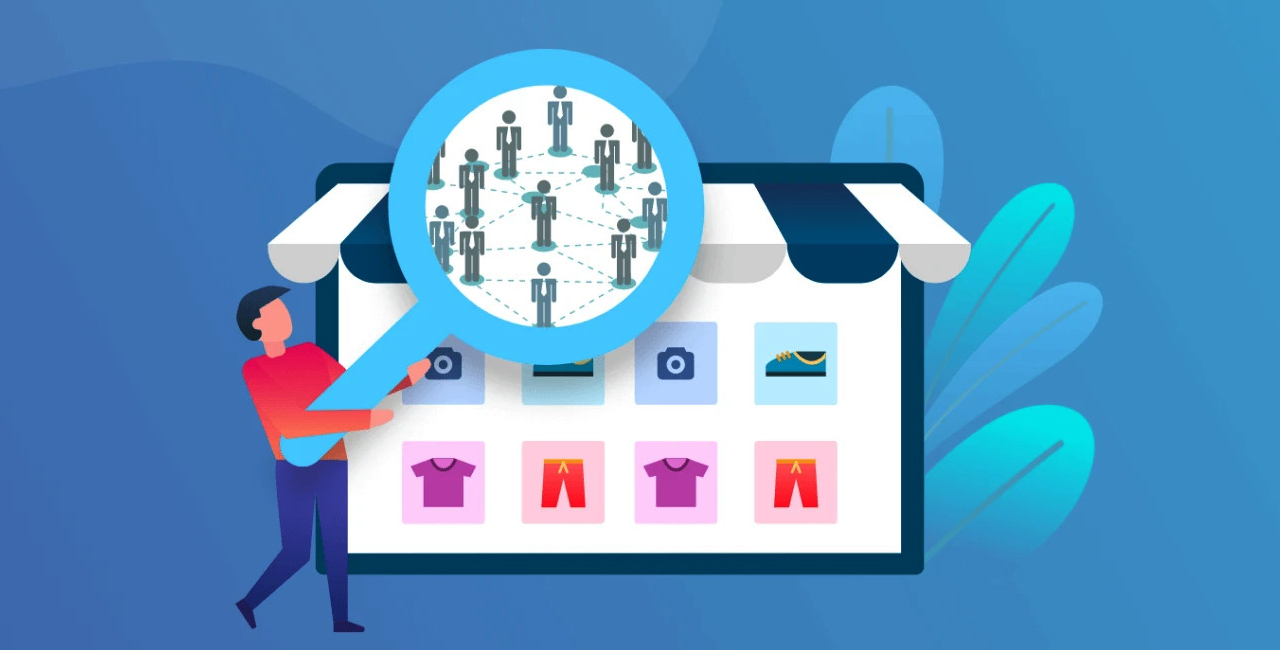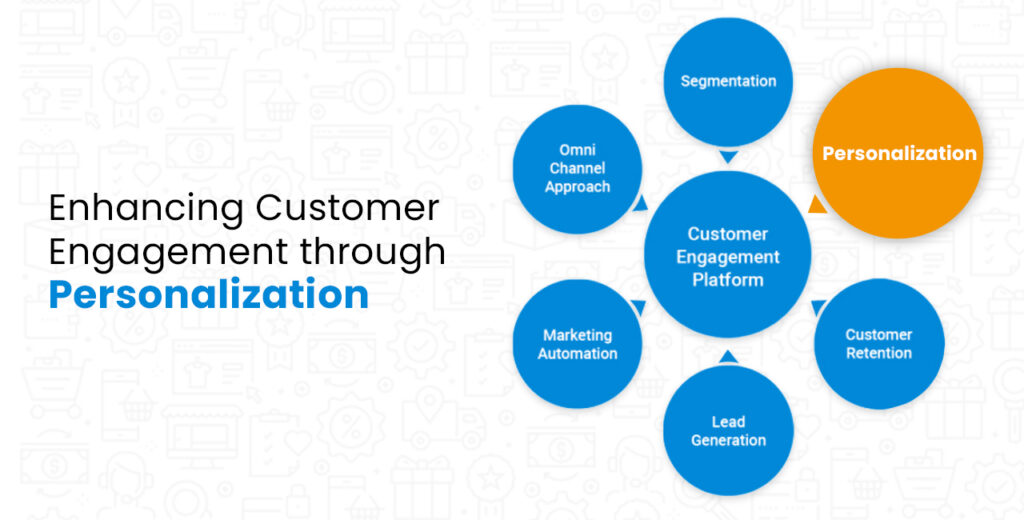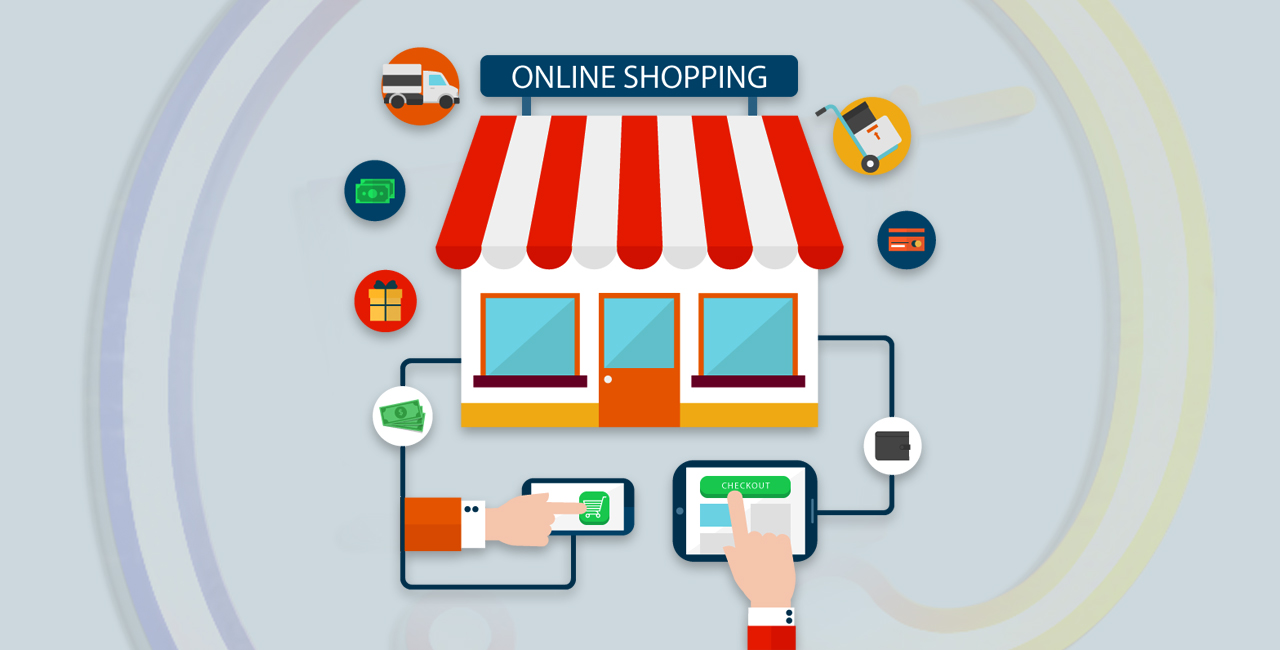The increasing popularity of smartphones and tablets has made m-commerce (mobile commerce) an important part of Online Stores success. Today, consumers rely on their mobile devices for shopping, making purchases, and accessing online services. In this blog, we will explore the significance of mobile commerce for online shops and how it can benefit your business.
In the age of mobile-first behavior, having a strong presence in the mobile commerce space is essential to staying competitive. By embracing mobile commerce, online shops can provide a seamless and user-friendly shopping experience for their customers. It helps them cater to their preferences and convenience. From browsing product catalogs to making secure mobile payments, it offers a range of advantages. It can drive the growth and profitability of your Online Store to a new level.
Enhanced User Experience

In the fast-paced world of online shopping, providing an enhanced user experience is key to attracting and retaining customers. M-Commerce offers a range of features and functionalities that enhance the overall shopping experience. With mobile-optimized designs, intuitive navigation, and faster loading, it enables effortless browsing, product viewing, and purchases on mobile devices. This seamless mobile commerce experience enhances satisfaction, drives loyalty, and encourages repeat visits, fostering a convenient shopping experience.
One of the key aspects of an enhanced user experience is responsive design. m-commerce platforms ensure that your Online Store automatically adapts to different screen sizes and resolutions. It delivers a consistent and visually appealing layout across various mobile devices. This responsive design ensures easy interaction with your store across devices, including smartphones, tablets, and other mobile devices. By prioritizing a user-friendly mobile experience, you can increase engagement and conversion rates, leaving a positive impression on customers.
Wider Customer Reach
Expanding your Online Store’s reach is crucial for maximizing your business’s growth potential. m-commerce enables you to reach a wider customer base by targeting users who primarily use their mobile devices for online shopping. With the increasing adoption of smartphones and tablets, more and more customers are relying on mobile platforms. By embracing it, you can effectively target and engage with this expanding mobile-savvy audience. It allows you to connect with potential customers who may have otherwise been inaccessible through traditional e-commerce channels.
Moreover, it opens up opportunities to attract customers beyond geographical boundaries. With the ability to reach customers anywhere and anytime, you are free from the limitations of a physical store. With it, you can reach and cater to a global audience. With targeted marketing, personalized offers, and localized promotions, you can customize the mobile shopping experience to cater to diverse customer segments. This wider customer reach not only increases your Online Store’s visibility but also presents opportunities for business growth and expansion.
Increased Sales and Conversions

One of the benefits of m-commerce for your Online Store is the potential for increased sales and conversions. Mobile devices offer convenience and accessibility, allowing customers to browse, shop, and make purchases anytime and anywhere. By optimizing your store for mobile phones, you create a seamless and user-friendly shopping experience that encourages buying and reduces barriers. This streamlined process can lead to higher conversion rates and ultimately boost your sales.
Furthermore, it provides opportunities for implementing targeted marketing strategies that can drive sales. With access to customer data, you can personalize offers, recommendations, and promotions based on individual preferences. Push notifications, SMS marketing, and mobile-specific advertising campaigns can help engage customers and encourage them to make a purchase. By leveraging m-commerce, you can create engaging shopping experiences that drive conversions and contribute to the growth of your Online Store.
Improved Customer Engagement and Loyalty
Implementing m-commerce for your Online Store can significantly enhance customer engagement and foster loyalty. Mobile devices provide various communication channels, enabling you to connect with your customers in real-time. By leveraging these channels, you can send personalized updates, offers, and product recommendations, keeping your customers engaged and informed.
Moreover, it allows for seamless integration of loyalty programs and reward systems. With mobile apps, you can easily incorporate loyalty features like point accrual, digital coupons, and exclusive discounts. These incentives motivate customers to continue purchasing from your store and foster a sense of loyalty and satisfaction. By nurturing strong customer relationships through improved engagement and loyalty programs, you can create a loyal customer base that repeatedly chooses your store over competitors.
Seamless Cross-Channel Integration

One of the benefits of m-commerce for your Online Store is the ability to seamlessly integrate with other channels and touchpoints. With a mobile app or mobile-optimized website, you can create a cohesive experience across various platforms. This cross-channel integration ensures a consistent brand experience and allows customers to effortlessly transition between different touchpoints.
Additionally, it enables you to leverage the power of mobile-specific features, such as location-based services and mobile payments. By integrating geolocation technology, you can provide personalized experiences based on the customer’s location. For example, you can display nearby store locations or offer location-specific promotions. Moreover, with mobile payment options, you can offer a convenient and secure checkout process. This further enhances the seamless cross-channel experience for your customers.
Conclusion
Embracing m-commerce can significantly benefit your store and help you thrive in the digital landscape. By prioritizing these, you can position your store for long-term success in the ever-evolving world of e-commerce.
At Atcommerce, we are committed to empowering businesses like yours to harness the power of m-commerce. Our comprehensive solutions and expertise can help you optimize your Online Store for mobile devices. We provide a seamless and enjoyable user experience and unlock new opportunities for growth. Take the leap into m-commerce and join the ranks of successful online businesses that have embraced mobile-first strategies. Contact Us today and let us guide you through our tailored solution.





















